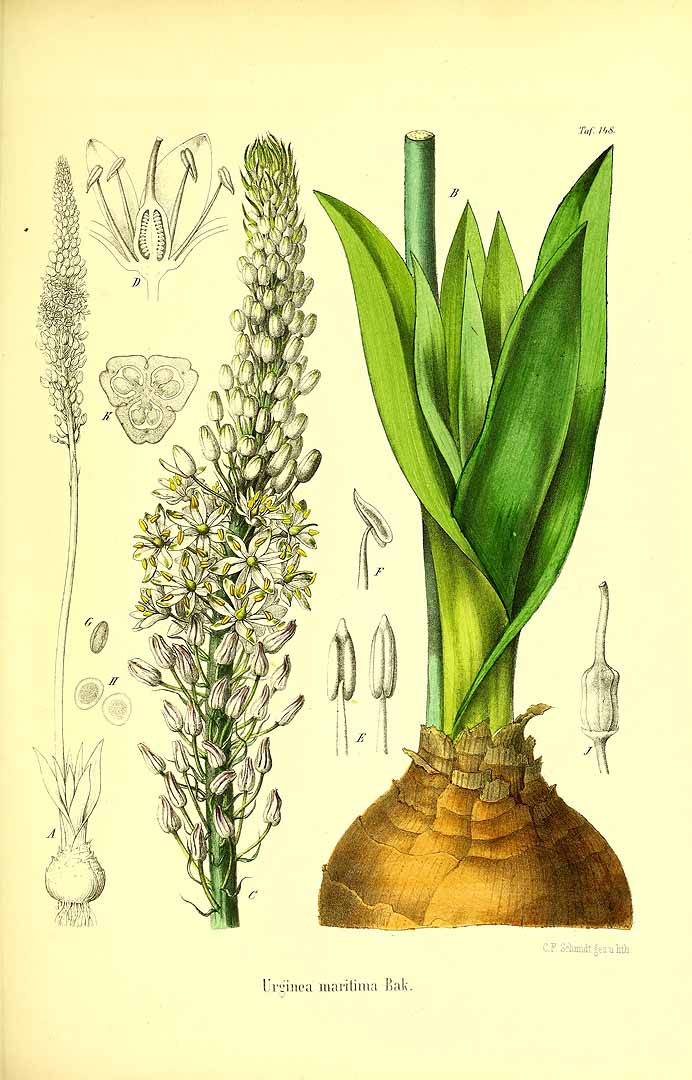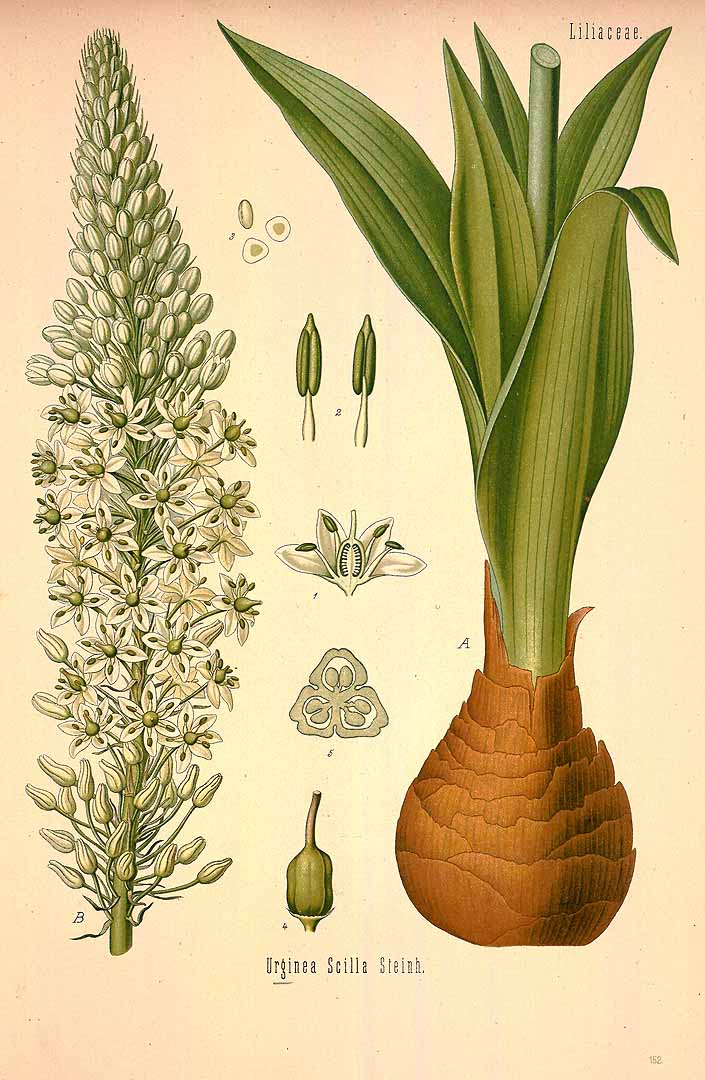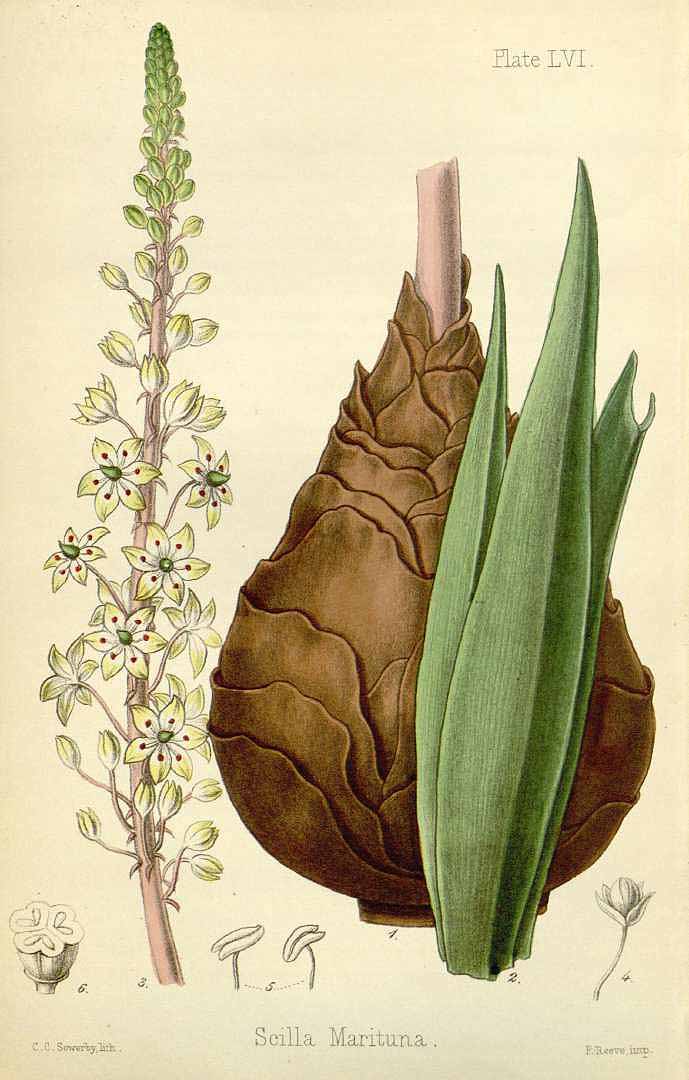! Nouveau site ici !
Vita > Plantae > Magnoliophyta > Liliopsida > Liliales > Liliaceae > Urginea

 suivante
suivante

 suivante
suivante

 suivante
suivante
![Illustration Urginea maritima, Par Curtis, W., Botanical Magazine (1800-1948) Bot. Mag. vol. 23 (1806) [tt. 881-923] t. 918, via plantillustrations Illustration Urginea maritima, Par Curtis, W., Botanical Magazine (1800-1948) Bot. Mag. vol. 23 (1806) [tt. 881-923] t. 918, via plantillustrations](../inc/images/illustrations/urginea_maritima4.jpg )
![Illustration Urginea maritima, Par Curtis, W., Botanical Magazine (1800-1948) Bot. Mag. vol. 23 (1806) [tt. 881-923] t. 918, via plantillustrations - Fermer Illustration Urginea maritima, Par Curtis, W., Botanical Magazine (1800-1948) Bot. Mag. vol. 23 (1806) [tt. 881-923] t. 918, via plantillustrations - Fermer](../../inc/images/illustrations/urginea_maritima4.jpg )


| Taux d'humidité | Énergie (kj) | Énergie (kcal) | Protéines (g) |
| / | / | / | / |
| Pro- vitamines A (µg) |
Vitamines C (mg) | Fer (mg) | Zinc (mg) |
| / | / | / | / |

